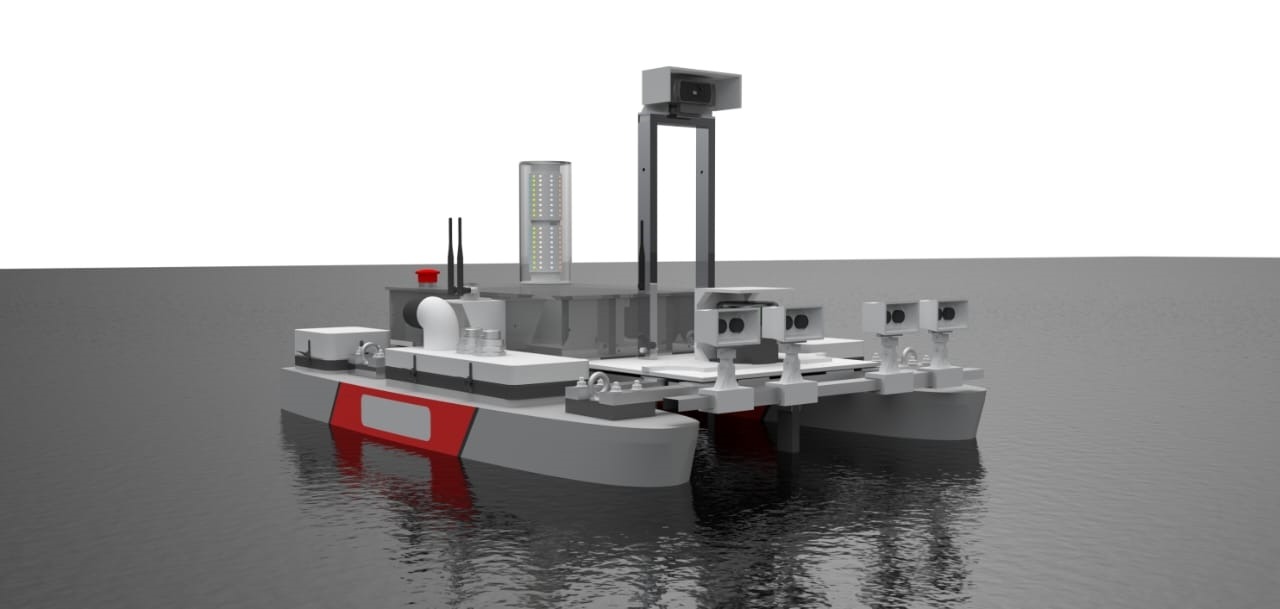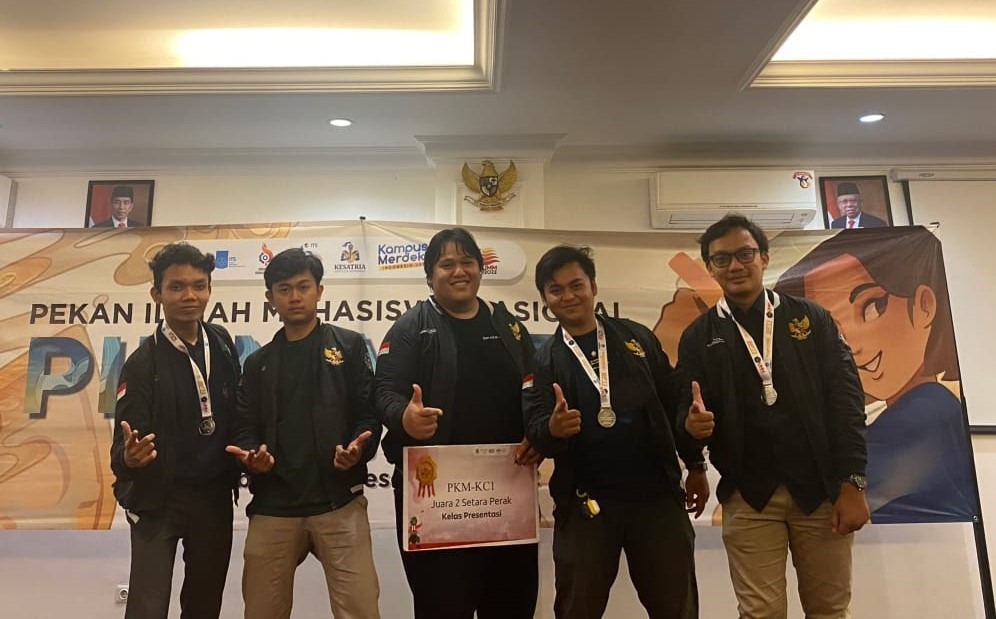Aksanawa, Boat Searching for Sea Accident Victims Started by ITS Students

Display of the Aksanawa prototype ship, designed by the ITS student team, while on the surface of the water.
ITS Campus, ITS News – Reporting from the National Transportation Accident Committee (KNKT), Indonesia experienced 179 accidents in waters between 2007 and 2010. Therefore, a team of students from Institut Teknologi Sepuluh Nopember (ITS) created an Autonomous Surface Vehicle (ASV) ship to help search for victims. accidents on the water.
The head of the ITS Aksanawa design team, Dion Andreas Solang, revealed that the Aksanawa ship is a follow-up innovation to an autonomous boat initiated some time ago, namely the YOLO-Boat. “Aksanawa has a significant development from its predecessor,” he said.
Please note that Aksanawa is designed to assist the Search and Rescue (SAR) team in rescues when an accident occurs at sea. Aksanawa adopted the International Aeronautical and Maritime Search and Rescue (IAMSAR) search pattern, such as Expanding Square and Parallel Track Search. Later, the operator only needs to give orders with the microcontroller, and then the ship will automatically move according to the pattern ordered.
Equipped with a 6200 mAh Li-PO battery, the Aksanawa ship can last for 113 minutes at a speed of 0.5 m/s. In addition, the Aksanawa ship uses a modular system or can be disassembled to facilitate sending the boat to the accident site.

The ITS student team designed the Aksanawa innovative ship to help search for victims of sea accidents.
Unlike the YOLO-Boat, which only has one camera on the water’s surface, Aksanawa has two cameras above and below the water’s surface. On the power management side, Aksanawa consumes less power than its predecessor ships. “This is due to Aksanawa’s memory consumption of only 20 megabytes, less than the YOLO-Boat, which consumes 200 megabytes of memory,” he explained.
Even though it takes up less memory, Aksanawa can detect victims more accurately because very few Floating Point Operations Per Second (FLOPS) are used. “With a few FLOPS, Aksanawa can produce a score of 30 frames per second,” added the Computer Engineering Department student.
In addition, he continued, Aksanawa uses a deep learning-based object detection model to detect objects. With that model, low light is not an obstacle to finding victims. As a result, Aksanawa can detect objects up to a depth of 31 meters below the surface of the water. “In addition, Aksanawa is designed to use a catamaran hull, so the ship has good stability,” he said.
When an accident occurs in the waters, a rescue ship will come to the scene with the Aksanawa ship. This ship will be launched from a rescue ship to explore the area designated by the control station to search for victims. “When detecting a victim, the ship will send its coordinates to the rescue ship while following the victim if the victim is carried away,” Dion explained.
Thanks to this innovation, Dion and his team won a silver medal at the 2022 National Student Scientific Week (Pimnas) category for the Karsa Cipta Student Creativity Program (PKM-KC). “Even though it won the championship, the Aksanawa ship can still be developed to be even better, one of which is changing the camera to a thermal camera that can detect temperature,” he concluded. (ITS Public Relations)
Reporter: Thariq Agfi Hermawan
Related News
-
Anticipating Lost Pet Dogs, ITS Students Invent a Tracking Bag
ITS Campus, ITS News —Losing a pet is a sad thing for its owners. To anticipate this, a team
January 04, 2023 10:01 -
ITS Students Integrate Smart City Service Features Through Visionaries
ITS Campus, ITS News — Institut Teknologi Sepuluh Nopember (ITS) continues to prove itself as a home for talented
January 04, 2023 10:01 -
ITS Students Innovate Eco-Quake Building Concept
ITS Campus, ITS News — Along with the development of technology, the construction sector has also experienced rapid growth
January 04, 2023 10:01 -
Great, ITS Successfully Becomes Overall Champion of the 2024 Indonesian Ship Contest
ITS Campus, ITS News — Proving itself as a home for champions, Institut Teknologi Sepuluh Nopember (ITS) managed to
January 04, 2023 10:01
